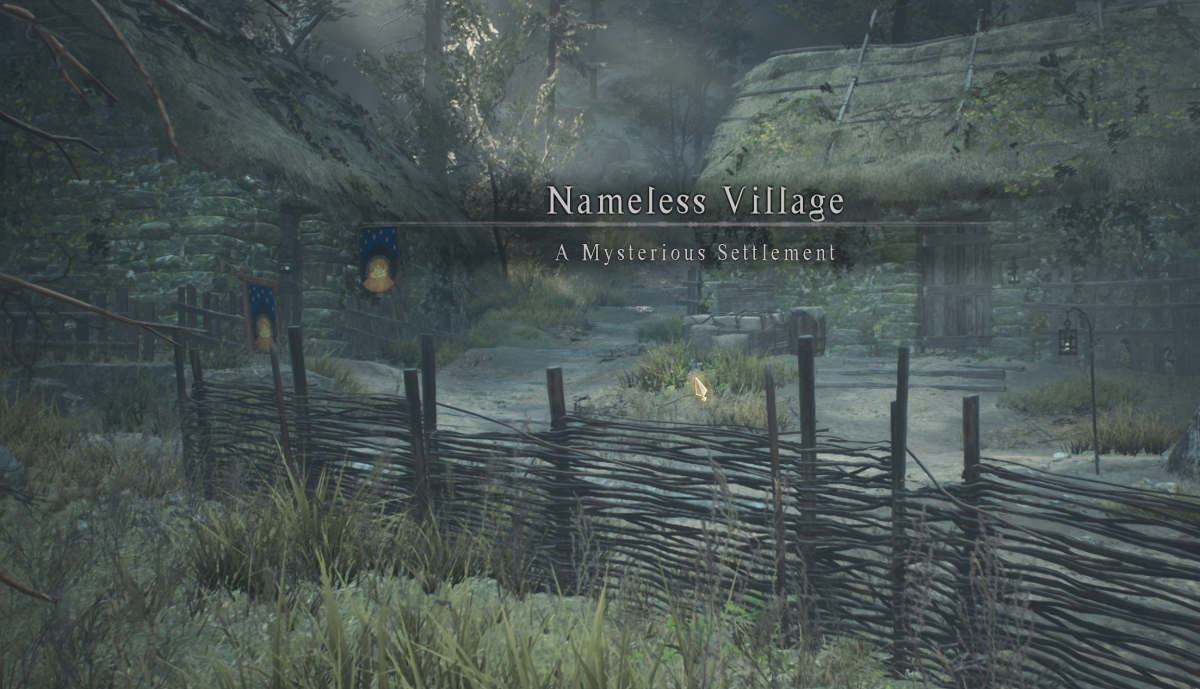In our definition of expected value, we defined two key components in the context of betting. The first was the payout if you won a bet. The second was the probability of that outcome occurring, i.e. of you winning that bet. We had glossed over these probabilities, first using a simple coin flip example and then by simply stating what we believed those probabilities were.
As you may imagine, these two components are intrinsically linked. Events with lower probabilities of occurring will pay out more if they do occur, to make the bet feel “worth it.” The inverse is also true, with “sure things” paying out comparatively little.
It’s worth taking a quick aside here and pointing out that while probabilities on things like coin flips or casino games are objectively defined and well-known, there is no such objective definition for games of skill. There are two major sources of probabilities that we have to keep in mind:
- Market-implied probabilities, which we will cover in this article, and
- Calculated probabilities, which come from your own model (or by following our suggested bets)
Having your own calculated probabilities is a vital step in betting for value. We’ll cover this concept in detail in a future article. However, backing out what probabilities a market believes an event will occur at is still incredibly useful, as it serves as a comparison point to calculated probabilities and, again, is intrinsically tied to the payouts.
Market models
While all you see when you log into your favorite betting site are the offered odds, this is not where bookmakers actually start. A bookmaker doesn’t look at a match and think, “hmm, yes, we should pay out +189 if Team Liquid win,” and hope that’s reasonably in line with what their customers expect. Bookmakers have their own models, and just like we do, they start by figuring out each team’s probability of winning.
Let’s work with a simple example. Our favorite contestants, Team A and Team B, are facing off. A bookmaker wants to offer odds on this match and believes Team A has a 40% chance to win. What is the appropriate payout on each side?
If the payout on either team is too high, everyone will want to take that side of the bet, and the bookmaker becomes unbalanced. If the payout is too low, nobody will want to bet. There are actually two potential bets here: one on Team A and one on Team B, but they’re intrinsically linked and for now we can treat them as sort of equivalent. If a bet on Team A looks very attractive, value-wise, a bet on Team B will look bad.
Thus, the most “fair” payout on either team is such that taking that bet is equally attractive to not taking the bet. Well, we just discussed a framework for quantitatively assigning value to a bet.
No expectations
The expected value of not taking a bet is, by definition, zero. A fair bet, therefore, should also have an expected value of zero. Going back to our example, let’s derive the appropriate payout for a team with a 40% chance to win:
EV(Team A) = (profit if Team A wins) * (probability Team A wins) +
(profit if Team B wins) * (probability Team B wins) = 0
Setting (profit if Team A wins) to p for simplicity, and assuming a $1 bet:
p * 40% + (-1) * 60% = 0
0.4 * p = 0.6
p = 1.5
If the profit of a $1 bet is $1.50 (and generally, the profit is 1.5 times the bet size), and the bet pays out 40% of the time, the expected value of that bet is 0. Recall that profit and payout are not quite the same, so the payout should be equal to the profit plus the bet size, or 2.5.
Now that we have the payout, we can convert that to any odds format we want — this is equivalent to 2.5, +150, or 1.5-to-1.
We can do the same calculation for the fair payout for Team B, with their 60% chance to win. We’ll leave that as an exercise to the reader, but the profit should be 0.67, for a payout of 1.67.
This is easily generalizable. Using p as the profit of a bet, and w as the probability of the team in question winning:
p * w + (-1) * (1 – w) = 0
p * w = (1 – w)
p = (1 – w) / w
The fair profit of a 25% chance bet is 75/25 = 3. The fair profit of a 10% chance bet is 90/10 = 9. The fair profit of an 80% chance bet is 20/80 = 0.25.
Working backward
The process described above is what a bookmaker does, but it’s not what we see. Instead, we see the final output: the odds, which inform the payout or profit. Fortunately, this process is pretty easily invertible.
Given odds of any form, we can convert those as necessary to the possible profit p of any bet. From there, we just want to find the probability of that bet paying out, w:
p = (1 – w) / w
p = 1 / w – 1
p + 1 = 1 / w
w = 1 / (p + 1)
Given the odds, and thus profit, of a bet, we can back out the probability of that bet winning, assuming an expected value of zero. This, then, is probability implied by the market. We can treat this as the probability that the market believes an event will occur at.
This is incredibly important, as it gives us an intuitive understanding of what the market expects. Seeing that Team A is paying out at +150 is nice, but knowing the market believes this to be a 40/60 matchup is much more useful information.
In practice
Let’s tackle a real example. You see this line at an oddsmaker:
| PuckChamp | 1.25 |
| Khan Esports | 3.77 |
Since these are European odds, they represent the payout. The profit of each bet, then, is 0.25 and 2.77, respectively. Converting those to win probabilities, you get:
PuckChamp: w = 1 / (p + 1) = 1 / (0.25 + 1) = 0.8 = 80%
Khan Esports: w = 1 / (p + 1) = 1 / (2.77 + 1) = 0.26525 = 26.525%
Wait a second — those two probabilities don’t add up to 100%… What’s going on?
Recall that the premise for all of these calculations was that a fair bet should have an expected value of zero. You didn’t really expect the market to be fair, did you?
If each bet was perfectly fair, then on average the bookmaker would make no money and lose no money, in the long run. They’re running a business, so they shift the odds in their direction on both sides of the bet, to help guarantee a profit. This adjustment is called the vigorish, or vig for short, and our next article will cover it in painstaking detail.








